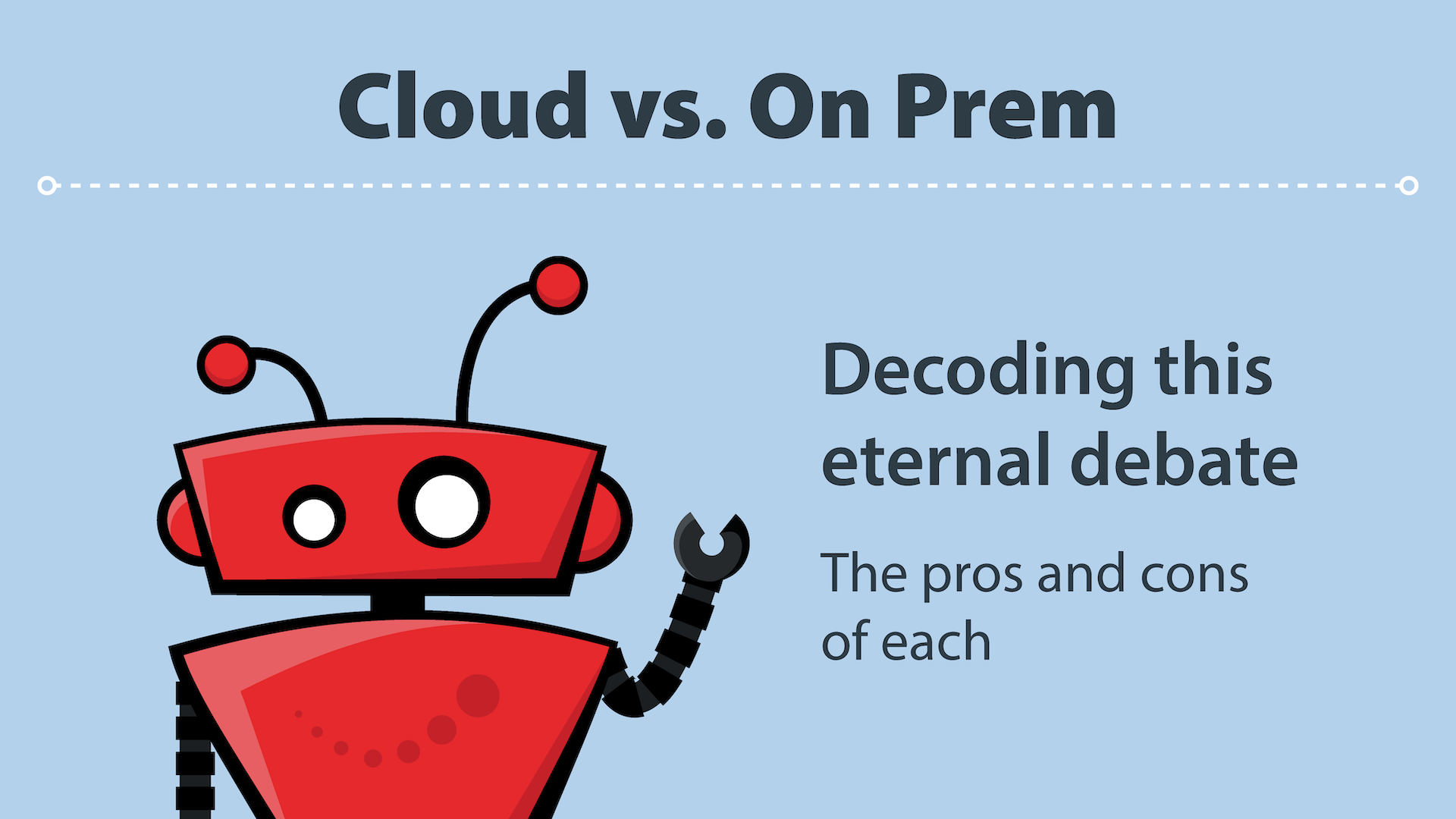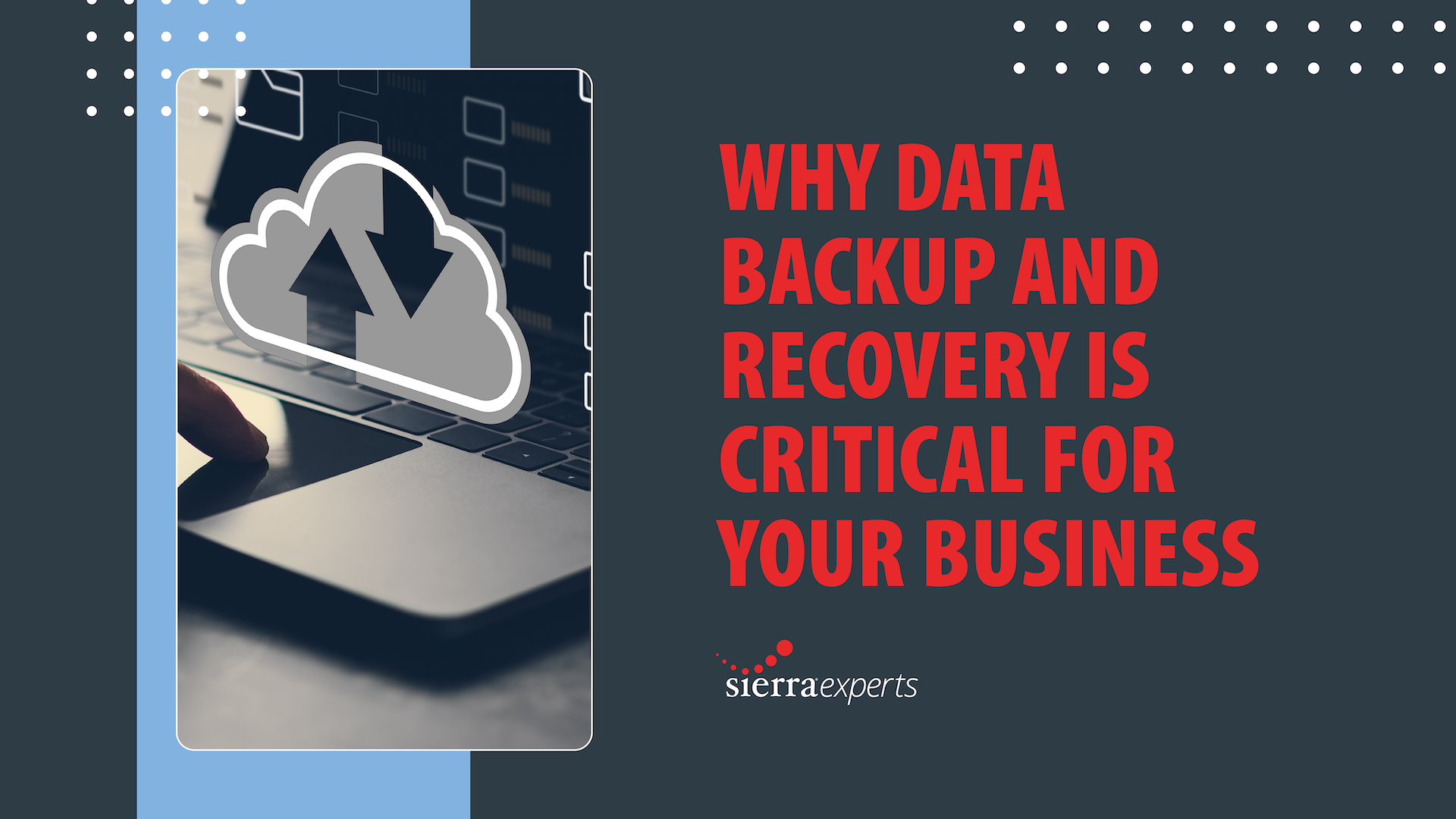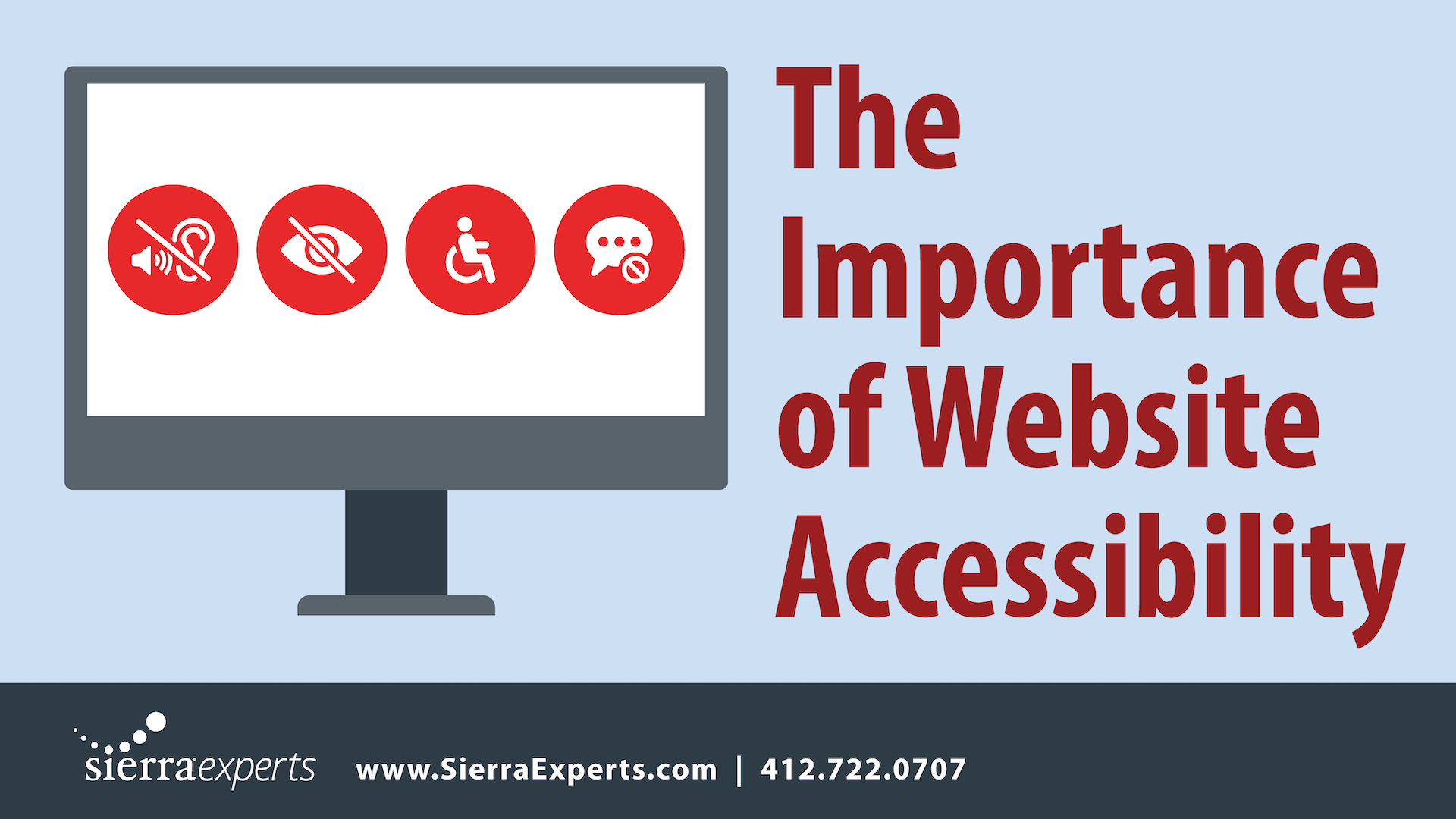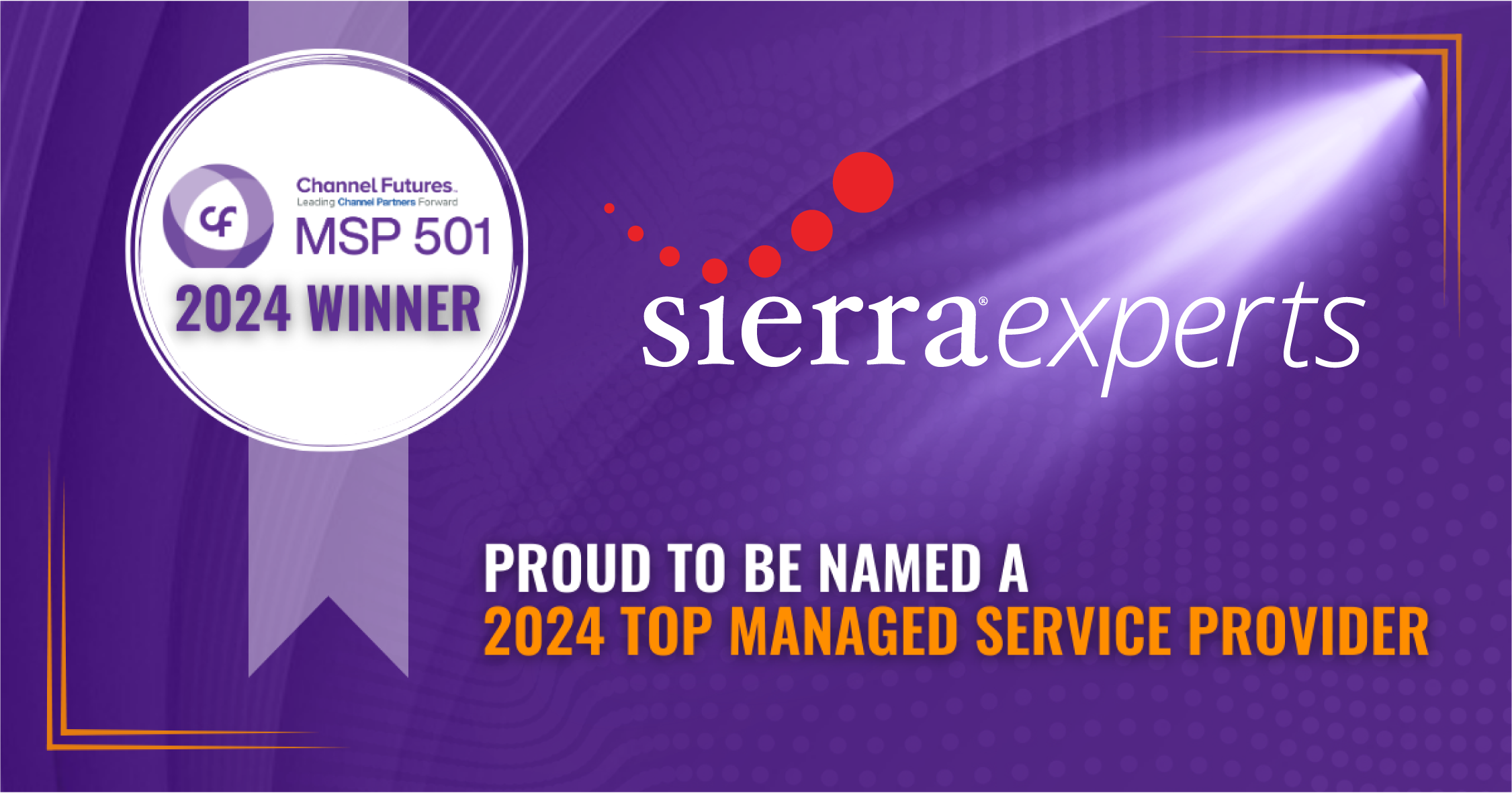The IT landscape is constantly evolving, but one question has remained over the last several years. Should you shoot for the clouds or stay grounded with on-premise solutions? In the demands of today’s digital era, there is considerable debate over where you should house your critical applications and IT infrastructure. This blog aims to provide some insight into the complexity of cloud vs. on-prem, the advantages and disadvantages of each, and offer insight into things to consider for your business.
Cloud Computing?
It’s hard to believe, but “The Cloud” has existed since 2006 when AWS launched the first commercial public cloud, Elastic Computer Cloud (1). Since then, cloud computing has gone through many changes. What started as a revolutionary idea has evolved into a whole ecosystem that has reshaped how businesses handle their IT infrastructure.
Some may be asking, “What is the cloud”? The cloud is a simple term that refers to servers, software, and other services that run via the Internet instead of locally through on-premise infrastructure. Transitioning to the cloud offers a lot of advantages. The most significant benefits include scalability, cost-effectiveness, and accessibility.
Scalability:
One of the greatest benefits of transitioning to the cloud is the ability to scale resources easily. As your business grows, so do your IT infrastructure requirements. Through cloud solutions, you can instantly provision as needed without much effort. As your business requires more data storage capacity or processing power, you need a system that can scale quickly and easily. The same can be said for reducing resources; cloud computing allows you to reduce resources just as quickly.
Cost Efficiency:
With no significant upfront investment due to costly equipment, cloud computing offers incredible cost savings compared to on-premise solutions. Cloud providers often charge via a pay-as-you-go model. This means, you only pay for what you use. Additionally, by utilizing a cloud provider, there is less for your IT staff to maintain. You could reduce your IT headcount or eliminate the need for additional team members. There are also no upfront costs associated with purchasing hardware and no electric utility charges that accrue from running on-premise IT infrastructure. According to energy.gov, data centers are one of the most energy-intensive building types and can consume up to 50 times the energy per floor space of a typical office building. (2) With the rising costs of electricity bills, you’ll see a significant decrease in your monthly utility charges by transitioning to the cloud
Accessibility:
In recent years, we’ve seen more businesses have moved to a hybrid or remote workforce. Cloud computing has made information more accessible to more individuals. Employees can access their applications and data from anywhere and any device, with just with an internet connection. Providing more flexibility. A national or global workforce can collaborate seamlessly through cloud-based tools and platforms. Providing real-time communication, file sharing, and collaboration, regardless of physical distance. All this, paired with cloud services 24/7 uptime, will allow you to have continuous operation regardless of the user’s time zone.
On-Premise Infrastructure?
On-premises is the traditional way of managing your IT infrastructure. Hardware, software applications, and data are all housed in a company’s physical office or owned data center. With this IT model, businesses are responsible for the overall ownership and maintenance of their IT infrastructure.
Control and Security:
An advantage to hosting your IT infrastructure in-house is the ability to have complete control. Businesses in certain sectors, such as healthcare or government, may have specific regulations that require them to maintain their IT infrastructure internally. Additionally, on-premise setups allow businesses to implement customized security policies that are tailored to their particular needs.
Customization:
On-premise solutions provide the flexibility to customize your infrastructure to your specific needs. This level of control allows businesses to deploy applications and systems that are optimized for their unique requirements. This is useful for companies with legacy systems that cannot move to the cloud easily.
Performance:
Another critical benefit of on-premise IT infrastructure is that it can provide low-latency and high-performance access to applications and data. With your IT infrastructure being hosted within your on-site location, you can achieve optimal performance for applications requiring real-time processing or need low-latency connectivity.
Cloud vs. On-Premise?
When comparing both cloud vs. on-premise infrastructure, the most important thing to consider for many businesses is the overall costs associated with managing their IT infrastructure. Transitioning to the cloud provides cost savings over managing your infrastructure in-house. With the cloud, you only pay for what you need. You can quickly scale or reduce as your business calls for it. Additionally, there are no large upfront costs associated with purchasing hardware, and there is less for your IT team to maintain. Plus, you will reduce your monthly utility bills by eliminating the high electricity costs associated with running your IT infrastructure.
On-premises IT infrastructure ensures you have complete control over your data. This can be especially important for businesses that need to meet specific regulatory requirements. It is important to note that cloud providers have robust security measures to ensure your data is also safe and secure. The cloud offers data encryption, access management, security audits, monitoring, and compliance certifications. They often have dedicated security teams whose sole focus is to ensure the data in their infrastructure is secure. Additionally, hosting your data in-house means you are at a higher risk for a disaster. Your business is in jeopardy if you experience a natural disaster such as a hurricane, tornado, fire, or even a power outage.
Many cloud providers offer disaster recovery as a service, which allows you to back up your data and infrastructure and host them with a cloud provider. When there is a disaster, the cloud provider will orchestrate your disaster recovery plan to help you recover and access your data with minimal interruptions to your business.
Conclusion:
The decision between cloud computing and on-premise infrastructure is a key decision businesses must make based on their unique needs, priorities, and goals. The IT landscape has witnessed a transformative journey since the inception of the cloud in 2006, with cloud computing emerging as a revolutionary force reshaping how businesses manage their IT infrastructure. The cloud offers scalability, cost-efficiency, and accessibility, allowing companies to adapt to changing demands in today’s digital era.
On the other hand, on-premise solutions provide a traditional approach, offering complete control, customization, and high-performance access for specific requirements. When comparing the two, the critical factor for many businesses often revolves around overall costs, where the cloud’s pay-as-you-go model and reduced maintenance responsibilities present significant advantages. However, considerations such as data control, security, and regulatory compliance may lead certain industries to favor on-premise solutions. Ultimately, the optimal choice depends on a careful evaluation of the specific needs and priorities of each business, recognizing that both cloud and on-premise options have their distinct advantages and challenges.
Sierra Experts is ready to empower your business with the insight to navigate your dynamic IT infrastructure, offering comprehensive solutions tailored to your unique business needs. For those considering the agility and advantages of cloud solutions, our experienced team can provide seamless migration strategies, ensuring a smooth transition to the cloud. Alternatively, for those interested in moving from on-premise to a data center hosting model, Sierra Experts Tier-3 data centers in Pittsburgh and Columbus provide a secure, connected, and compliant way to host your infrastructure. Let our team serve as your strategic partner.
Discover all Sierra Experts managed service offerings.
Source:
- https://aws.amazon.com/about-aws/whats-new/2006/08/24/announcing-amazon-elastic-compute-cloud-amazon-ec2—beta/
- https://www.energy.gov/eere/buildings/data-centers-and-servers





